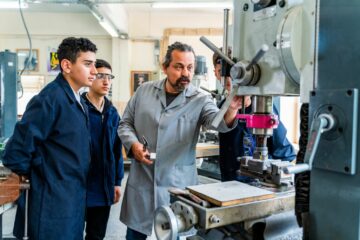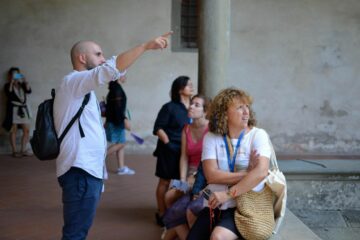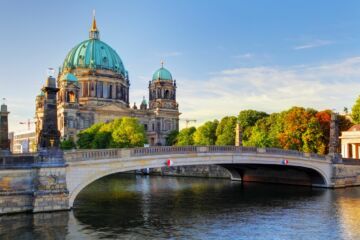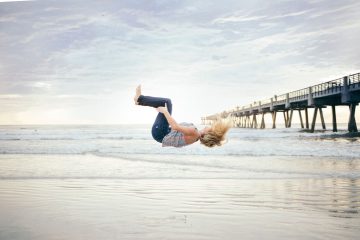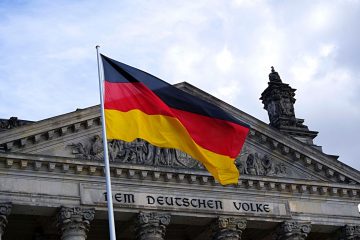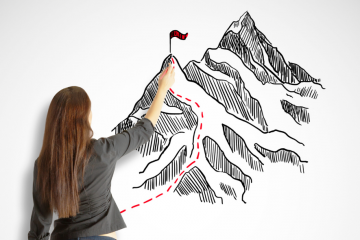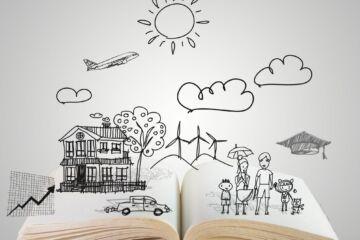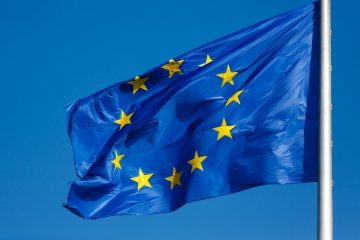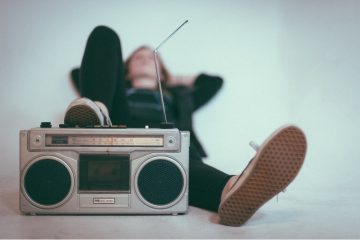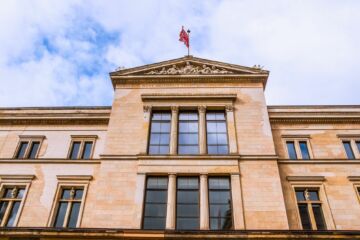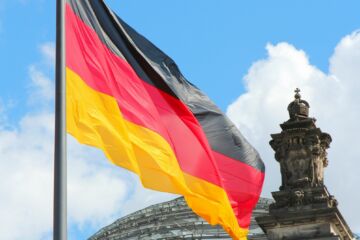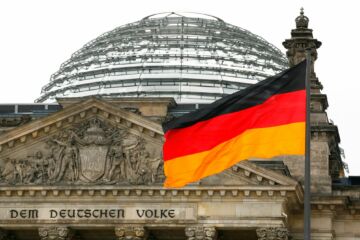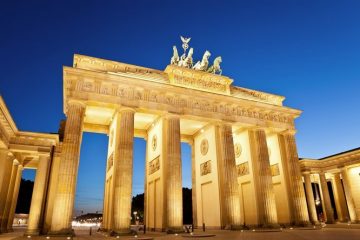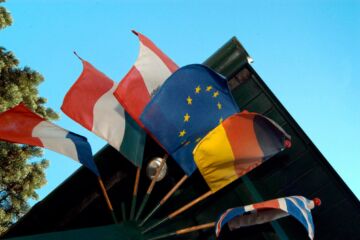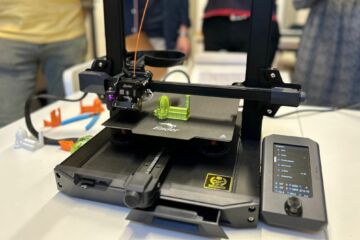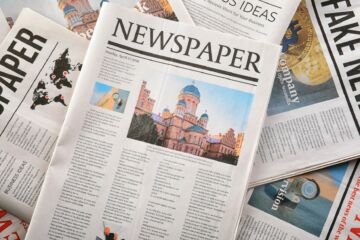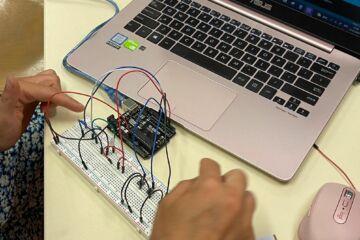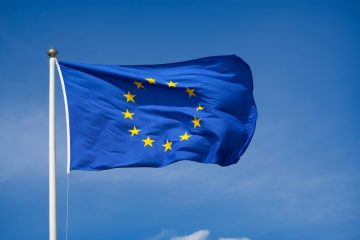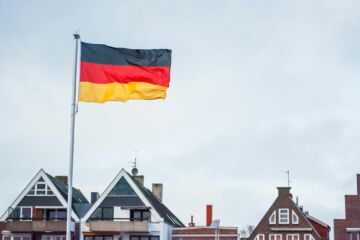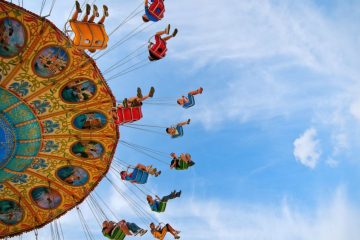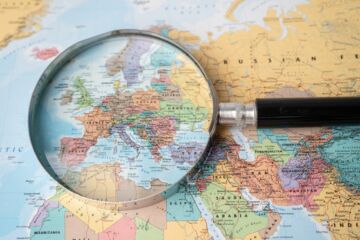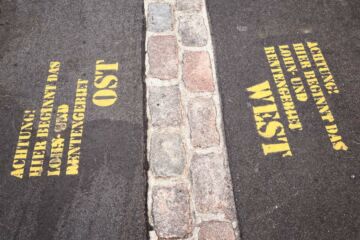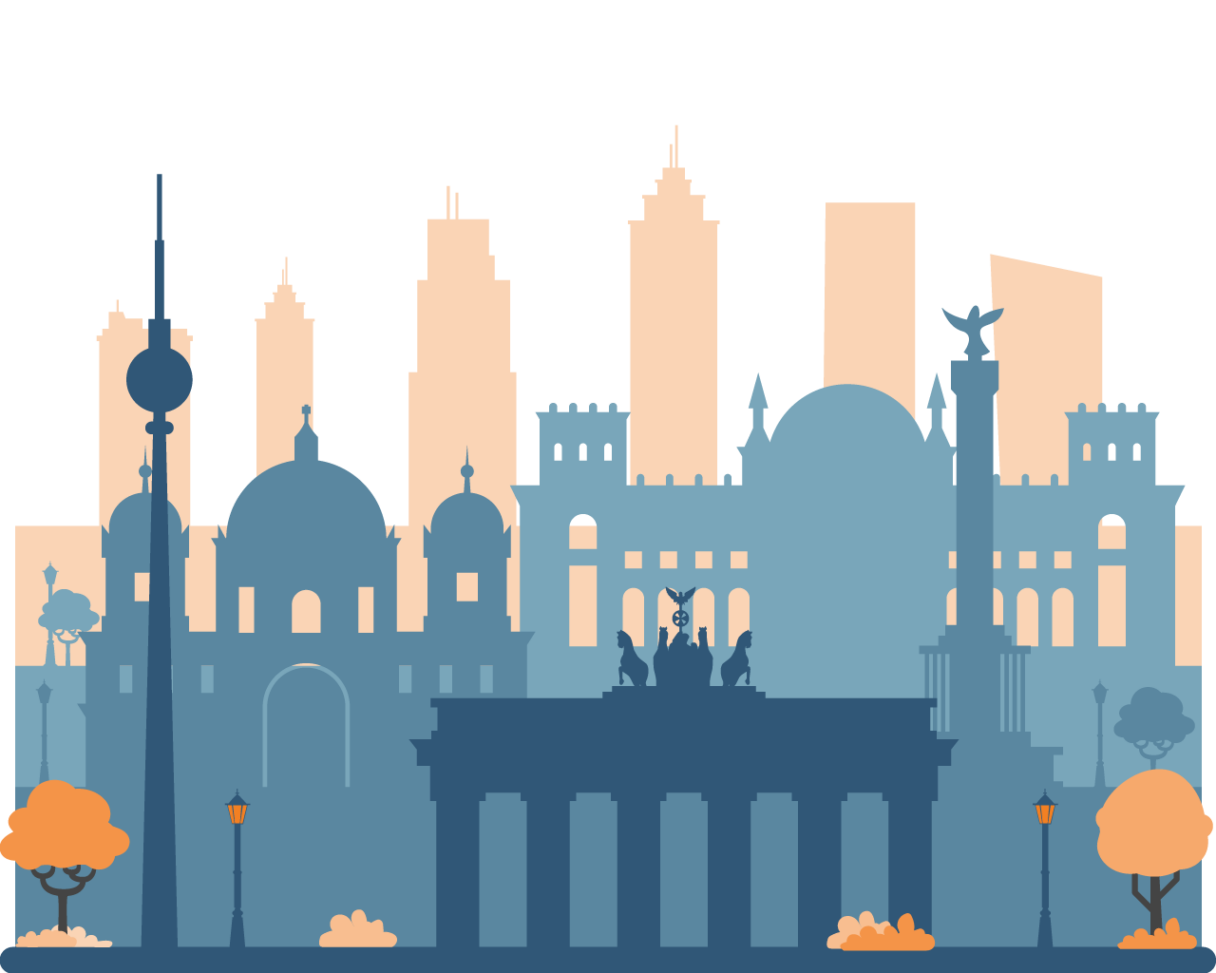
Erasmus Courses for Teachers in Berlin, Germany
OID: E10233216
The vibrant heart of Europe that embraces its rich history and innovation, with a thriving art and music scene.
Confirmed Sessions in Berlin
Reviews
About the Training Centre in Berlin
We are located in a modern and bright facility perfectly matching the colorful and lively Samariterviertel of Friedrichshain.
Here historical and new buildings tell through their famous graffiti the unique story of one of the most unconventional and vibrant areas of the city.
You will find us in: Voigtstraße 1, 10247 Berlin, Germany
Virtual tour
Organization’s Fiscal Data
OID: E10233216
PIC: 896701369
Europass Berlin Beratungsbüro GmbH
Address: Wollankstraße 71, 13359, Berlin, Germany
VAT: DE330756735
Responsible Person (name, function, e-mail, tel):
Dr. Francesco Molinari, Director
Email: teacheracademy@europassnetwork.eu
Phone: +39 055 1997 3220
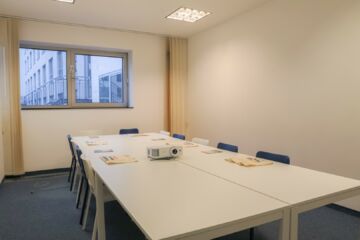
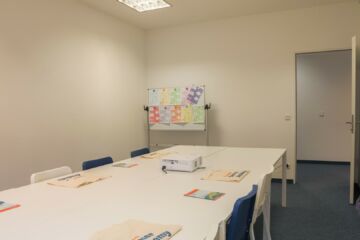
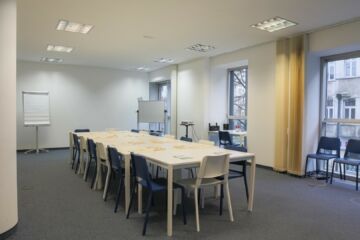
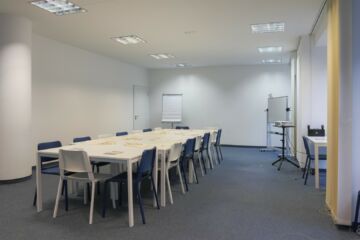
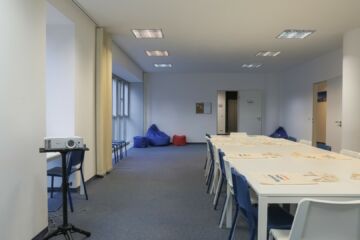
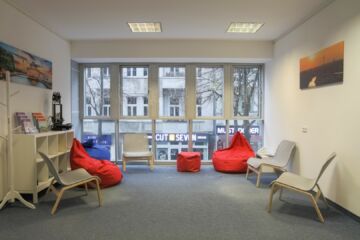
Our Cultural Activities
The following free-time activity, which will take place on Saturday, is included in the price of our Erasmus courses in Germany:
The Wall: Tracing a Divided and Reunited Berlin
This tour takes you to Niederkirchnerstraße, where parts of the Berlin Wall, the former border between East and West Berlin, still stand. The tour begins at the Brandenburg Gate, leads past Potsdamer Platz, and ends at the former Checkpoint Charlie border crossing. Learn about how and why the Wall was built, how it “fell”, and about successful escape attempts along what was once a no man’s land in the center of Berlin. Also, learn about how the city is rebuilding from decades of division.
Best Things to Do in Berlin

Berlin is the capital of Germany and it is situated in the North-East of the country. It is the city of art, artists, and museums, hosting over 170 museums in total. The sights Berlin has to offer, from the Brandenburg Gate to the Parliament, bear witness to the history of an entire nation. However, the history of the city also has a sad side, since it is heavily connected to the events of the post-Second World War period. Large parts of the city were indeed rebuilt after the World War II allied bombings. In 1945 Berlin was divided into four occupied zones and, from 1961 to 1989, was split up by the famous Berlin Wall into East and West Berlin.
1) Parliament (Reichstag)

The German Parliament (Reichstag) is a historic building in Berlin, constructed to house the Imperial Diet of the German Empire. In 1933 it was severely damaged by a fire and after World War II the building fell into disuse. After the German Reunification in 1990, it underwent a reconstruction led by architect Norman Foster, and in 1999 it became again the meeting place of the German Parliament: the modern Bundestag. Tourists may also book a visit to the glass dome of the building, to enjoy a stunning view of the city.
2) Brandenburg Gate
Brandenburg Gate is Berlin’s most famous landmark and is located in the western part of the city center. It is an 18th-century neoclassical monument built on the orders of Prussian king Frederick William II and set the entry to Unter den Linden, a boulevard of Linden trees that leads to the Royal City Palace. Today, the Brandenburg Gate is considered not only a symbol of European and German history but also of European unity and peace.
3) Alexanderplatz/TV Tower
Alexanderplatz is the most visited area of Berlin since it is a popular starting point for tourists. The square, named after Tsar Alexander I, who visited the city in 1805, has many shops, cinemas, and restaurants, but its main attraction is the TV Tower. The TV Tower, built during the years of GDR, is now a symbol of Berlin, from which you can enjoy a stunning panoramic view of the city.
4) Museum Island

Museum Island is a museum ensemble on the northern part of Spree Island in the historic heart of Berlin. It was built from 1830 to 1930 by order of the Prussian Kings to make art publicly accessible. The Museum Island was named a UNESCO World Heritage Site in 1999 and consists of the Altes Museum, the Neues Museum, the Alte Nationalgalerie, the Bode-Museum, and the Pergamonmuseum. The Neues Museum hosts the Egyptian Collection and the most famous bust of the Egyptian Queen Nefertiti, who was considered the most beautiful woman in the world. In the Pergamon Museum visitors can admire the Babylonian Ishtar Gate and the Hellenistic Pergamon Altar.
5) East Side Gallery
The East Side Gallery is the largest and longest-lasting open-air gallery in the world, with its 1.3-kilometer-long painted stretch of the former Berlin Wall. The Gallery consists of 105 murals, painted in 1990 on the east side of the Berlin Wall by artists from all over the world. It is situated along the river Spree, at the former border between the lively neighborhoods of Kreuzberg and Friedrichshain.
6) Holocaust Memorial
The Memorial dedicated to the Murdered Jews of Europe is a memorial of the Jewish victims of the Holocaust designed by architect Peter Eisenman and engineer Buro Happold. It consists of 2711 rectangular concrete blocks and was inaugurated in 2005. The artist leaves every possible interpretation open to its visitors, although it is widely accepted that the blocks very strongly recall a cemetery.
7) Gendarmenmarkt

Gendarmenmarkt is one of the most beautiful squares in Berlin. It is best known for the architectural trio composed of the Berlin Concert Hall and the German and French Cathedrals. In the middle of the square, you will find the monumental statue of the poet Friedrich Schiller.
8) Berlin Cathedral
The Berlin Cathedral is a Lutheran church built from 1894 to 1905 by the order of German Emperor William II. The building combines the Renaissance and Baroque Revival styles and is the largest protestant church in Germany.
10) Berlin Wall Memorial
The Berlin Wall Memorial is situated at the historic site of Bernauer Strasse and commemorates the division of Berlin. It extends along 1.4 kilometers of the former border strip and is also home to a Documentation Centre.
9) Charlottenburg Palace

The Charlottenburg Palace is a Baroque palace, commissioned by Queen Sophie Charlotte, the wife of Friedrich I. It was built at the end of the 17th century and greatly expanded during the 18th century. Both the beautiful gardens and the palace in a French Baroque style attract visitors all year round.
 Please wait, we're loading the information about the courses. It could take few seconds.
Please wait, we're loading the information about the courses. It could take few seconds.


